Dungeons & Dragons is a beast of structures. One of those structures is a class, which gives you a collection of mechanical abilities to express how you operate in the world. One of the other structures is a book release schedule, which gives you a sequence of products that Wizards would be very happy to sell you, and would make your game better, no really, check it out, this will totally address problems you’ve mentioned and noticed. Back in 3.5, the first wave of these was the Complete books, the Complete Warrior, Complete Adventurer, Complete Arcane and Complete Divine, which I will note, did not in fact, complete those options. Blatant false advertising in my imho.
Each of these books had three classes in them, meaning that after the initial release of the Player’s Handbook, we were presented within the first six months with twelve more classes to select from, which makes sense. Binches love classes. I have a long-standing opinion that every Complete book that presents new classes presents one legitimately interesting class and at least one complete turkey. What you almost never got was a powerful class out of a Complete book.
Of these classes, I actually think I have to revise my assessment. Like, some books didn’t really have an option that managed to reach the high water mark of fine.
But that’s a list! We can look at a list!
Presented then, in an itemised list, are the twelve classes of the Complete Books, 3.5 edition’s misbegotten I Guess player options. We’re going to look at the worst book to the best book, in terms of whether or not the classes are powerful. This is non-scientific and you’re reading along because I’m charming, so don’t get too het up about it.
Complete Warrior
Yeah you probably figured.
The Complete Warrior classes had a real rough time of it because their job was to present alternatives to the Fighter that didn’t overshadow it. That is to say, they had to make classes that somehow stood shoulder to shoulder with the worst class in the game and didn’t make it look bad while also finding some way to make the class they were presenting interesting enough to play.
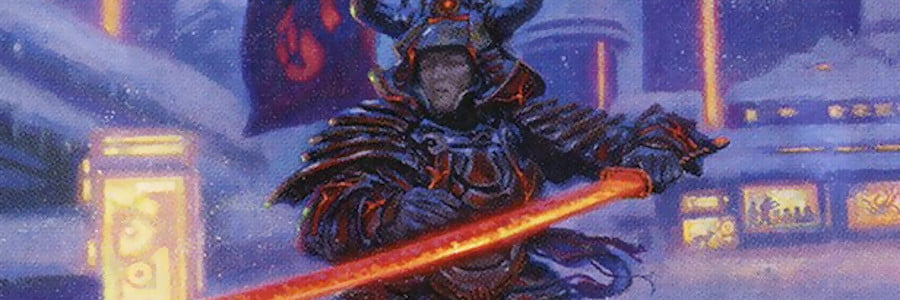
The Samurai
It’s not a good look that I was so incensed at two of the classes in this book that I wrote articles in-depth explaining why both of them were terrible. The Samurai gets the dubious honour of being one of the rare number of 3.5 classes that’s recognised as being markedly worse than the Fighter of all things. It is the absolute bottom of the bottom, and what a finer place to start out. It can only get better from here.
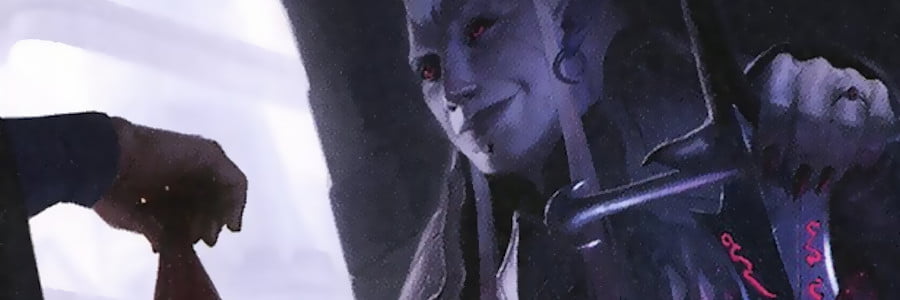
The Hexblade
Didn’t I write an article about what a turkey this class was, and how it needed fixing, and why?
Oh no, I did.
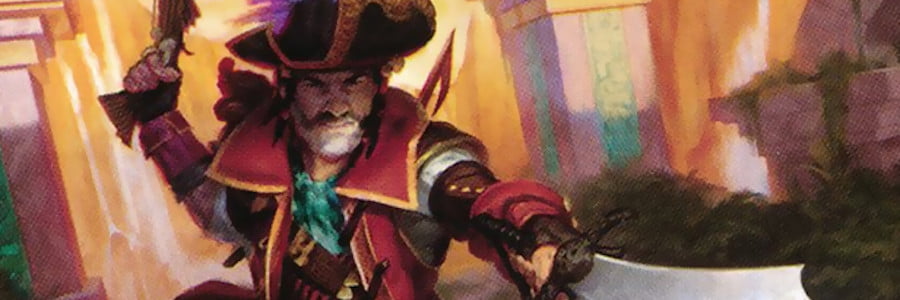
The Swashbuckler
Jesus christ, okay, this is where we land at the end of this book? The Swashbuckler is meant to be your classic lightly-armoured finesse fighter, and trade the Fighter’s feats for a series of small benefits that honestly probably should just be feats, like being able to use their intelligence to add to their melee damage rolls.
The Swashbuckler was most notable for being a splash class; the benefits early on were unavailable in any form, so you might see characters pick up one or two levels of it to add to a character who was heading in another direction, but you’d never see people pursuing it all the way.
Bonus, one thing about the Swashbuckler that other people didn’t have to deal with was that if your enemy was immune to critical hits, all your offensive abilities didn’t work. In 3.5, that meant all undead, constructs, elementals, plants, swarms and oozes were just going to completely stonewall you and make you a combatant slightly worse than a warrior. All the other features that remained were there to help address your lack of heavy armour, which meant half your class was trying to catch up to a fighter, and the other half didn’t work against a very large number of enemies.
Still, could be a real cute addition to an intelligence-based fighter-mage type build?
phew, this was a rough one.
Complete Adventurer
If you want to play with melee damage and don’t want to deal with the fighter, your next port of call is the Rogue, which as it happens is probably the floor that the Complete Adventurer is built on. With a powerful, flexible, interesting class like the Rogue to work from, how bad could its options be?
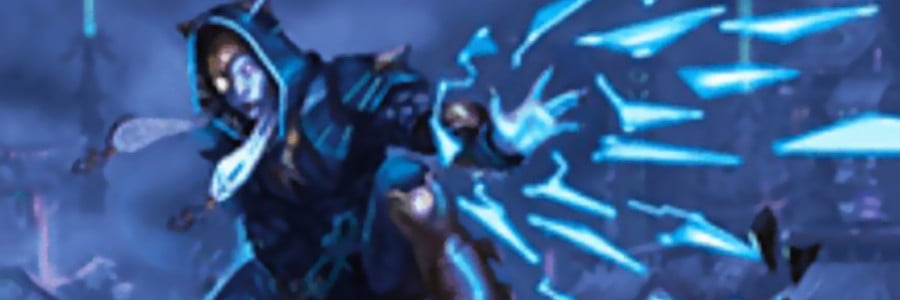
The Spellthief
Pfffftthhh.
Alright, the concept is sound. You’re a thief, you steal magic, so you can steal the magic from magic users. The Spellthief, when they sneak attack a spellcaster, can choose to spend their sneak attack dice to steal levels of spells.
I’m just going to let that one sit for a moment, see if you can see the obvious thing here.
If you’re wondering ‘wouldn’t you rather deal more damage to a spellcaster, than deny them one spell,’ then yes! Yes, that would be better. But to make sure the Spellthief isn’t going too wild on this, they also get a worse version of sneak attack.
The Spellthief’s idea is cool. It’s really, genuinely neat. And it’s designed in such a way to make sure all of its cool ideas are way too fiddly to be worth doing anything with.
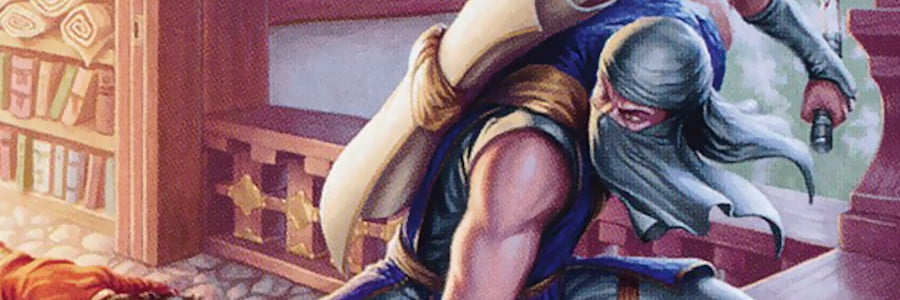
The Ninja
The Ninja is so close to being good.
There are essentially three tracks for the Ninja’s abilities.
First, there’s rogue-like abilities, where the Ninja has abilities like trap-finding, poison use, and a sneak-attack like module. This is a good, solid, basic skeleton to build a class out of.
Then there are monk-like abilities, where the character has some mystical combat abilities; things like advanced movement, defensive measures for protecting your mind, and adding a stat to your armour class to protect you.
Finally there’s the mix of ninja stuff — you get a unique ki resource that lets you do things like run through walls, strike ghosts, or even make an attack against you dissolve.
None of these are bad ideas. But thanks to the composition of them, and to keep them from being too strong, they were all presented as slightly bad versions of themselves. The biggest one is that instead of getting Sneak Attack (a really strong, reliable mechanic that’s good in any amount), the Ninja gets Sudden Strike… which only works when an opponent doesn’t get their Dexterity bonus to Armour Class. That is, it’s Sneak Attack, but Sneak Attack only available less than half the time. Great if you want to go invisible all the time and keep re-attacking opponents (which you can do with magic), but a rogue can get their Sneak Attack on every single attack made while flanking — which means that a Rogue is going to do a lot more damage.
The same follows for most of the other effects; they’re all a little weaker, a little watery. Honestly, the Ninja is the one that makes me want to address these things, because the mechanical principle is sound, but the execution is wonky.
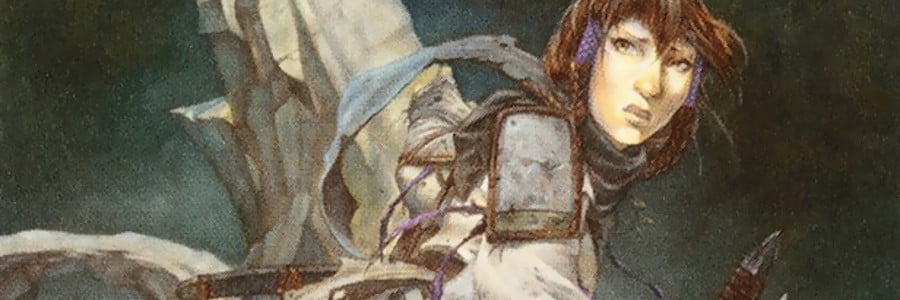
The Scout
Holy crap, one of these classes isn’t worthless!
The Scout looks at the Rogue’s damage outpout, and says ‘okay, that’s our ceiling.’ And it looks like it followed the lead by being sensible about it, recognising that yes, rogues would be making lots of attacks, and therefore, if a class can scale up to those levels, it’s okay.
The Scout’s big gimmick is that rather than getting an advantage for standing still and stabbing an enemy in the same spot three times, like a Rogue might, they get their damage boost if they find a way to move during their turn. The rest of what the Scout gets works with that — bonuses to movement, bonus to armour class, better senses, and stealth that let you choose when and how you hid.
Oh, and a bonus for initiative.
The Scout is obviously a class with a lot of room for fun synergies. If you were like me, you tried to find ways to wed it to the mechanic Pounce, that let you make a full attack at the end of a charge, where your multiple attacks would all benefit from Skirmish.
That’s a strong end for that book, what’s behind the next door?
Complete Arcane
Just like that the doors explode! Because the Complete Arcane classes are trying to stand alongside the Wizard and Sorcerer, which is, one of the strongest spellcasters and one of the weakest spellcasters. The result is a bunch of classes that are wonky, not great, but at no point really that bad.
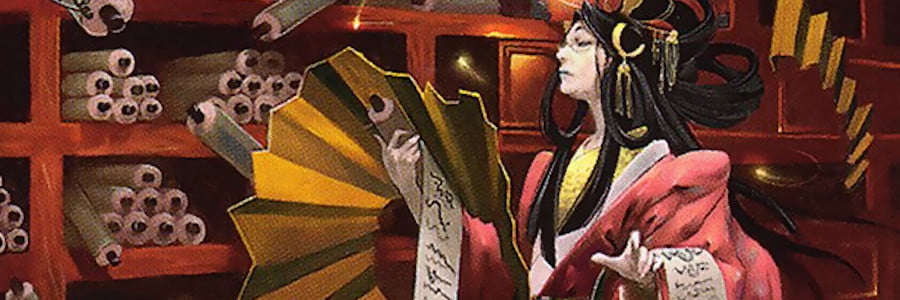
The Wu Jen
The Wu Jen is, if the name isn’t obvious, a spellcaster that borrows from the Rokugan space. It’s basically an Oriental Adventures wizard, where instead of your classic robes-and-pointy-hat wizard, it was a robes-and-sneer type wizard. The Wu Jen has honestly, some really cool ideas in it; on a purely mechanical level, Wu Jen get to roll twice for their initiative and use the better of the two.
What they also get is a set of spell secrets, where you can pick your favourite spells and give them a permanent boost from a list of metamagic feats. Of course, it’s none of the great metamagic feats, but… y’know. It’s fine?
What winds up harming the Wu Jen is that its spell list is small. It’s limited in a way the Wizard’s isn’t. Since the spell list has to care about elemental attunement, the Wu Jen’s spell list is just the spells presented here, and that’s kinda it. Oh, you can ask your DM for more spells, but that gets to be a lot of judgment calls, and there’s a lot of ways for that to be unsatisfying.
Basically, the Wu Jen has some cute ideas, and it’s probably fine, because a weak wizard is still a wizard, but it’s a good example of how fixing the wizard can be done by just keeping them from doing everything. Limiting a spell list is enough to limit a spellcaster.
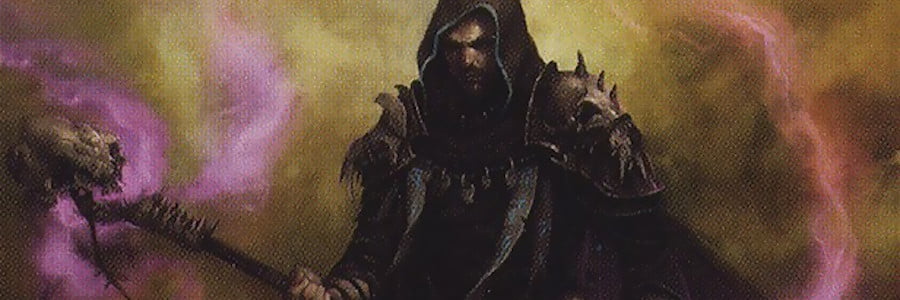
The Warlock
The Warlock on the other hand is incredibly limited. Straight up, the Warlock, out of the box, is either too weak to be worth playing at all, with abilities that compare badly to fighter archers, or is busted in half.
Why the discrepancy?
Well, the thing is, there’s this skill, called Use Magic Device. It’s busted. It’s just straight up broken in pieces. If you bother to push it to what it can do you can wind up crafting magical wands and wizard rods and doing all sorts of absolute bullhonky with them, which is to say, you can get a lot of power by using money to turn into a wizard. Thing is, that’s not really the Warlock’s fault, or the Warlock’s power. If the Warlock doing that is a big deal, just a reminder that both the Bard and the Rogue can do that anyway.
If you set aside that broken rule (which should probably be contained on its own), then the Warlock is a slightly bad spellcaster ranged blaster.
When I ran Warlocks, I set the simple rule that the Eldritch Blast was not a standard action, but an attack action – which meant that a warlock at level 8 could fire off two eldritch blasts in a row. We ran games like that and even introduced more extra invocations for the Warlock, and the Warlock was … fine! Definitely could do the job of a spellcaster, but nothing nearly as worldshaking as even the most modest spellcasters, like:
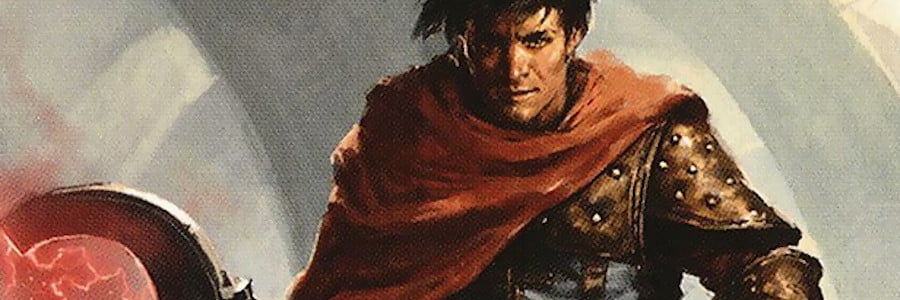
The Warmage
Haha hey I wrote about this one before. It’s a class that can be used for a small number of very powerful things, but also has the honour of just working out of the box, which is something I really like when I’m presenting a build.
The Warmage is simple: You tell a player that it’s a spellcaster that just throws fireballs and can go pew pew pew at things. I really like the Warmage for the most important thing that a class is there to do: It’s to let a player play the game. If someone comes at me with a concept of ‘I want to play a spellcaster who throws spells at things’ then the Warmage gets you going immediately, and its class fantasy all holds together nice and simple..
Complete Divine
Finally we arrive at the space where the ceiling on a class has been blown off the roof. The Complete Divine is a book that supports the Cleric and Druid classes, arguably the two most powerful classes in 3.5, which means any given class that just gets ‘spellcasting like a cleric’ is an extremely strong option out of the box.
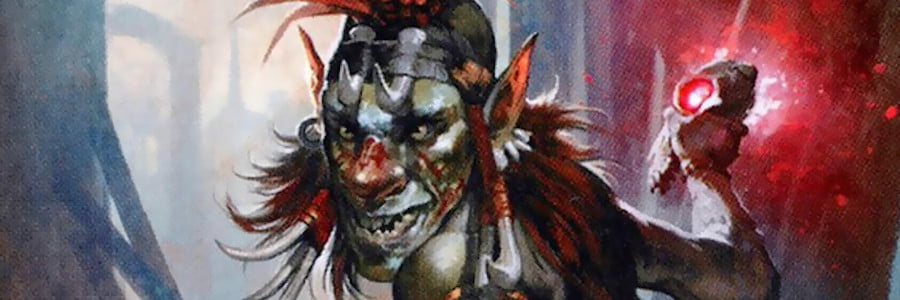
The Spirit Shaman
Huh? No, I’m awake, I promise.
The Spirit Shaman is a spellcaster that wants to replace the druid.
What it supposedly gains is combat ability.
To replace the druid.
To replace the druid.
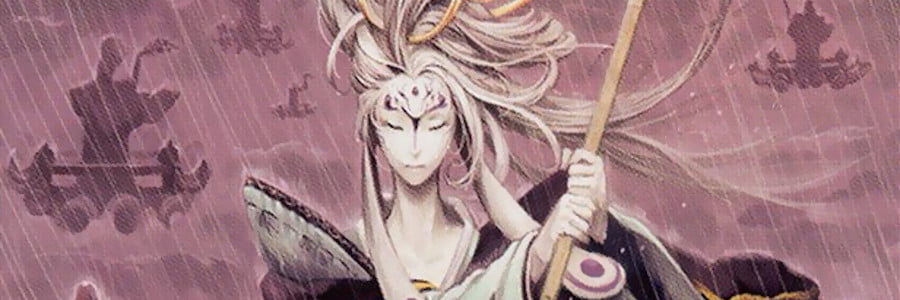
The Shugenja
Anyway enough of that nonsense, what about the Shugenja? Another expatriate from the Rokugan setting, the Shugenja is an attempt to make a spellcaster that feels more like a Japanese ‘priest’, with a mechanic for connecting to different element types. As with the Wu Jen before it, it’s honestly pretty cool, and it gets to do some things you normally don’t get with a ‘healer’ type. First, it’s a spontaneous caster; you pick your spells and you can fire them off. You have a bias towards an elemental type, so you have to have spells of your elemental type, which helps your mechanics line up well with your flavour.
The Shugenja’s biggest problem is that if you pick Fire, you can’t take any healing spells, which is kinda what some people expect you to be there for. On the other hand, a Fire Shugenja plays a bit like a blaster sorcerer? So that’s nice?
There’s also a lot of interesting mechanical multiclassing options for the Shugenja, because you’re a divine spellcaster, which means there are prestige classes like the Hospitaler or the like that look very different to your base values, allowing you to make some interesting hybrid play patterns.
By the way, if you check the official printing, the Shugenja spell list is on ‘page XX.’ Even on the new PDFs.
Sure, they cared about this.
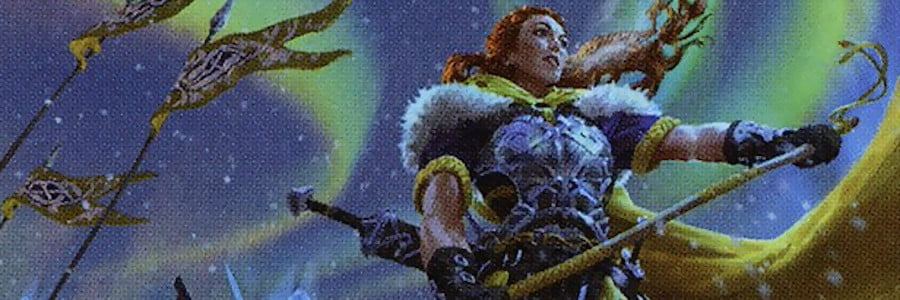
The Favoured Soul
And finally, the best of the Complete classes, I guess. And you may look at this and go: Wait, that’s it? That’s the best?
Yeah.
Because a Favoured Soul is a cleric that can cast spontaneously; you give up the cleric’s diversity. You don’t get Turning Undead, so no Divine Metamagic. Really, as a Favoured Soul you have to pick basically one or two things a Cleric can do, and do them really well.
Thing is, that’s still two amazing things, because the Cleric can do so much.
Deadass, you can replace the cleric with the Favoured Soul and still have a balanced campaign that mostly reduces the chance for one type of caster to break the game. Not eliminate it – just reduce it.
And… that’s it. Of all these classes, there are a few that are good for interesting niche applications in min-maxed out builds, but broadly, most of them are mediocre and some are really bad.
I think the balance lesson to take from all of this, though, is this: If you’re adding to unbalanced bases, what you build is going to wind up unbalanced as well. You can’t spackle over these kinds of balance problems. Address the fighter’s base problems then start developing off that. Address the wizard’s problems, then start developing off that. Otherwise, you just magnify the problems that are already there.